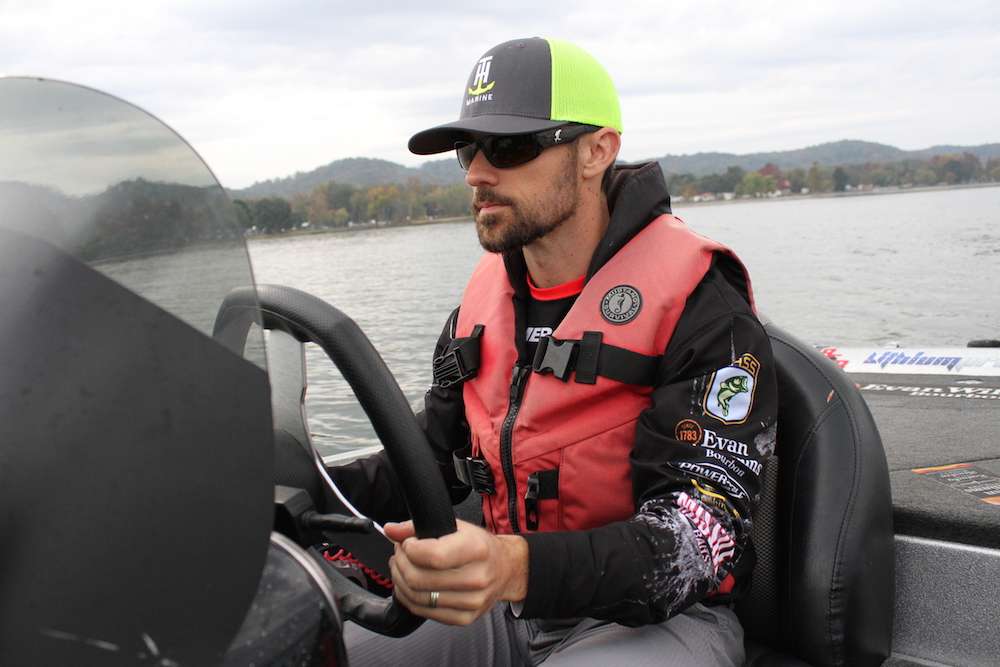
In my last column we talked about the mechanics of props. This time we’ll talk about issues related to performance and safety.
The elevation at which you run your boat matters. It’ll run best at sea level because there’s more oxygen in the air. That’s because the air is denser at sea level. It’s much like water. The more there is overhead the more weight – density – there is at the bottom. More oxygen means more power per unit of gasoline burned. And, for the same reason you’ll get your best speed at sea level.
At higher elevations you will not only notice a slight drop in high-end speed, but you’ll also notice that your boat is a little slower to get up on plane. You’ll need a little more bite in your prop to accomplish the same thing that you did at sea level. That’s easily solved by dropping its pitch slightly, much like you would drop your car into low for a faster start.
For example: We just came from two tournaments at sea level, the St. Johns River and Winyah Bay. I was running a 26 pitch on my Mercury 250 Pro XS. Our next event is at a much higher elevation, Bull Shoals. I swapped my 26 pitch prop for a 25 pitch. That’ll give me basically the same hole shot.
Prop damage can be serious or it can amount to nothing. It just depends.
Hairline cracks are serious. They weaken the prop and can result in what’s called “slinging an ear.” That’s when a blade comes off. That can be a nuisance. It can also kill someone. Don’t run your boat with a cracked prop.
Nicks and tears in a prop aren’t usually so serious. Most of them can be repaired by a good prop man. Note the word most, however. If you have doubts, have someone who knows what they’re doing survey the damage.
Blowing out the cup of your prop will affect performance, but the damage can usually be repaired. Blowing out the cup occurs when the curl on the trailing edge of the blade is worn down or flattened out by friction created when you run the prop through dirt, mud or sand. You lose the bow lift when that happens, and a noticeable drop in performance occurs.
Modern props are made from two types of metal – stainless steel and aluminum.
Aluminum is much less expensive than stainless steel, but it isn’t as strong. Aluminum props work well on smaller motors, maybe from 100 hp on down. They also have the added advantage of breaking apart when you hit something. That’ll sometimes save a lower unit.
Stainless steel is the way to go with bigger motors. You need the strength and flexibility that it provides. The extra expense is worth it.
The last two columns were designed to highlight some of the basics about props. A word of warning is in order here, however. Your prop may look like a simple fan blade, but in fact it’s a very technical and highly engineered piece of your boating equipment. Before modifying or changing your prop make sure you get good advice from a professional, and be especially wary of advice you get at the dock or on Internet discussion boards.

